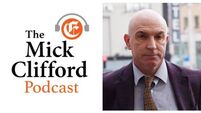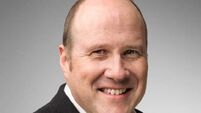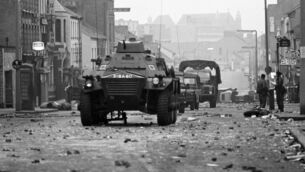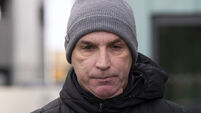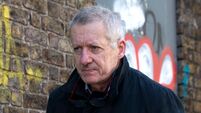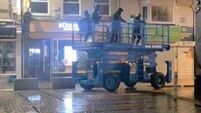UN: Policing heroin becoming more difficult
The study said removal of trade barriers within the EU and lifting of visa requirements for countries bordering the EU would make the task even harder.
The report by the United Nations Office on Drugs and Crime (UNODC) said only between 2% and 16% of the world’s heroin supply — estimated at about 480 tonnes — is intercepted by law enforcement agencies.
An estimated 10% of the 75-80 tonnes of heroin coming into Europe is seized, said the report, entitled The Global Afghan Opium Trade — A Threat Assessment.
The report warns that the seizure rate could drop as traffickers increasingly use maritime transport, which it said was “largely overlooked by international law enforcement”.
It said only about 2% of the 400 million containers shipped worldwide can physically be searched — highlighting the need for greater co-operation and intelligence sharing.
“In 2009, 32 countries in Western and Central Europe seized a total of just 7.5 tonnes of heroin,” said the report. “The elimination of most border controls and internal borders within the European Union means that heroin trafficking is difficult to stop once the heroin reaches Western and Central European borders.”
But it warned things are about to get worse.
“Heroin trafficking across Europe is likely to become more difficult to police. Recently, the EU lifted visa requirements with some countries of South-Eastern Europe like Bulgaria and is planning to do the same with other countries in 2011.
“In addition, bilateral border crossing agreements are in place between some South-East European countries such as Bulgaria, Albania and the former Yugoslav Republic of Macedonia, as well as Serbia and Hungary. Drug traffickers will most likely attempt to exploit this situation.
“Information and intelligence sharing will become increasingly important to stop heroin trafficking in the region, especially with Turkey situated at the external border of the EU and being the first gateway of heroin to South-Eastern Europe.”
The report said Afghanistan dominated the global heroin market, supplying 84% of the world’s consumed heroin.
An estimated 60 tonnes of heroin — nearly 80% of the total into Europe — comes through the Balkan route, from Turkey.
From the Balkans, it is brought overland through Central Europe, with the main destinations being the Netherlands, Britain, Germany and France. The report said the Netherlands was “an important heroin hub” for Europe, with an estimated 30 tonnes trafficked into, or through, the country in 2009.
Irish gangs based in the Netherlands organise the shipment of heroin to Ireland, mainly in lorries, cars and containers.
The report said that over the past decade heroin seizures had fallen in most of Europe, except for 11 countries, including Ireland.
HEROIN is a “national crisis”, with more than 20,000 heroin users across the country, Merchants Quay Ireland has said.
Tony Geoghegan, the director of the country’s largest voluntary treatment service, said about 5,000 addicts were using their needle exchange service every year, with about 500 new clients each year.
The HSE said last June that 9,200 heroin addicts were in receipt of methadone, the legal substitute drug.
Experts and available research indicate that heroin use has been generally stable in Dublin for a number of years.
The increase in usage has been in the rest of the country, with significant increases in recent years in other major population centres, such as Cork and Limerick, as well as high levels of usage across the midlands, south-east and north-east.
Last month, gardaí made their biggest seizure of heroin in four years, when they intercepted 12.5kg of the drug in Co Kildare.
The haul, with an estimated street value of €2.5 million, is thought to have been imported by a major drug gang on behalf of a wider network of gangs which had pooled the €600,000-€800,000 to buy the drugs, probably in the Netherlands.
Gardaí have seized 33kg of heroin so far this year, more than the whole of 2010.
Last year’s haul of 30kg was a low in recent years, which followed seizures of 82kg in 2009 and 213kg in 2008.
Of the 9,200 people receiving methadone treatment, almost 5,000 are in the HSE Dublin-Midlands region and 3,000 in the HSE North East region.
Some 300 are located in the HSE South and 280 in HSE West. A further 600 are in the country’s prisons.
- New routes: Africa has emerged as a cost-effective heroin trafficking route. Seizures and arrests indicate that African gangs — particularly west African networks — are increasingly transporting Afghan heroin from Pakistan into East Africa for onward shipment to Europe.
- Money: The global heroin market is valued at €68 billion. The Irish heroin market is valued at less than €100 million. The Afghan Taliban earned about €155m from the trade in 2009 and west European crime networks about €13bn.
- Supply: There are between 10,000 and 20,000 tonnes of opium in stockpiles — enough for about three years’ use of heroin and opium worldwide.






